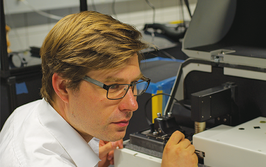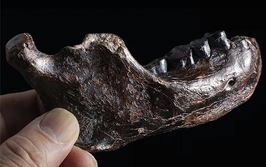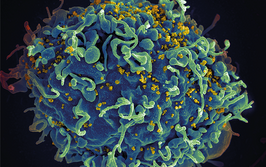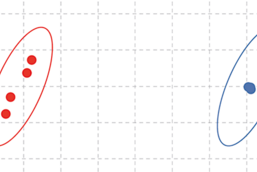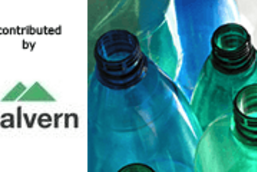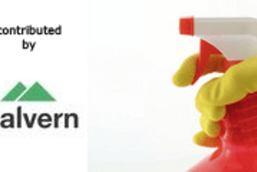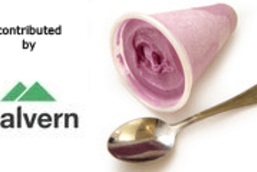Latest articles in Techniques & Tools
Latest articles in Fields & Applications
Latest articles in Business & Education
Latest Product Profiles
Latest Application Notes

Read more
The Power List 2024
Join us to celebrate the achievements of the 60 impactful analytical scientists featured in the 2024 Power List.
Read more
Read more
The Power List 2023
Read more
The Power List 2022
Read more
The Power List 2021
All Power Lists
